You are here
How to Stretch Your Lumbar and Thoracic Spinal Regions
 In case you haven't noticed, I'm a huge fan of foam rolling. Once you get the hang of it, foam rolling can be like getting deep tissue work from a skilled health practitioner, only you can experience it at anytime, and you can linger for as long as you want on areas that need extra attention.
In case you haven't noticed, I'm a huge fan of foam rolling. Once you get the hang of it, foam rolling can be like getting deep tissue work from a skilled health practitioner, only you can experience it at anytime, and you can linger for as long as you want on areas that need extra attention.
Being an avid tennis player, I can attest to the recuperative powers of foam rolling. Just ten to fifteen minutes of rolling after heavy workouts makes a huge difference in how I feel the day after.
I place heavy emphasis on rolling my lower extremities and trunk because these are the areas that take the greatest beating over the course of a typical week. I would say that this holds true for just about all of us, as weight-bearing regions area steadily at work during our waking hours.
To roll your lumbar (lower back) spinal region, begin by sitting with your knees bent and position your foam roller just behind your pelvis. Lean back slightly and place your hands on the floor behind you, a good foot or so behind the foam roller. The idea is to support your body weight in a balanced way so that you can transition your lumbar spinal region onto the foam roller. When you feel like you are balanced, lean back until your lower back region is resting on the foam roller. Try to evenly distribute your body weight between your feet, your lumbar spinal region, and your arms.
You can roll your lower back along the foam roller in this position and experience mild pressure work and stretching of your lumbar spinal joints. But for far more effective stretching and deep tissue work, fold your arms cross your chest and support your body weight with just your back and feet. Roll back and forth and feel free to slightly rotate your trunk from side to side to target the bigger muscle groups that lie on both sides of your spinal column.
Taking baby steps and using your feet to control how fast you move, roll downward on the foam roller to target your thoracic spinal region (mid back). Again, feel free to rotate a bit from side to side to apply therapeutic pressure to your paraspinal muscles - these muscles that line both sides of your thoracic spine are constantly at work to maintain upright posture, so you can expect to find some bundles of taut and tender muscle fibers. Linger on these areas, and maintain steady breathing as the pressure from the roller relieves tension.
At some point in your rolling session, try rotating to one side and supporting yourself on the elbow of the arm of that side. The roller should now be directly under the muscles and/or ribcage that line that side of your spine. Roll up and down in this position to more fully target your paraspinal muscles, and to provide therapeutic stretching of the ligaments that support your ribcage.
Some "pulls" that occur in the lower or mid back regions that are often diagnosed as muscular strains can actually be sprains of the ligaments that support your ribcage; these ligaments receive little blood supply, and when you are fatigued, they can get sprained or even torn during physical labor. Rolling this area should help promote needed blood flow to this area, as well as some therapeutic stretching of these ligaments, which should decrease risk of injury.
Here's a brief video clip that shows how to foam roll your ribcage area, which includes a long tract of muscle called your quadratus lumborum:
Be sure to switch and do the other side of your spine.
When you're finished rolling your lower back, mid back, and both sides of your ribcage, go back to having the roller right under your spinal column and allow your pelvis and head to "hang off" of either end of the roller. The idea is to allow the roller to push your spine forward while your body is relaxed, enabling a therapeutic stretch of the many ligaments that line your vertebral column. You may need to try a few different "fulcrum" points to discover the point(s) that provide the best overall stretch for your spinal column.
You can actually rest in this position for a few minutes at a time, or for however long as is comfortable. For longer hold times, try using a pillow to support your head and neck.
If you don't have a foam roller and are looking to invest in one that offers a blend of comfort, durability, and ideal density to provide therapeutic rolling of your muscles and ligaments, please feel free to have a look at the one that I had custom made for our clients here:
For a DVD that presents still photos and video clips that illustrate how to take your body through all of the major stretches and foam rolling exercises you can do to keep your body as healthy as your genetics will allow, have a look here:
Stretching and Foam Rolling DVD, by Sharon Lee and Dr. Ben Kim
For related articles on how to use a foam roller to keep your body healthy, feel free to view any of the following:
How to Improve Blood Circulation in Your Legs
How to Keep Your Hip Flexors Healthy
How to Foam Roll Your Hip Abductors
Join more than 80,000 readers worldwide who receive Dr. Ben Kim's free newsletter
Receive simple suggestions to measurably improve your health and mobility, plus alerts on specials and giveaways at our catalogue
Please Rate This
Highest Rated | Related Posts | ||







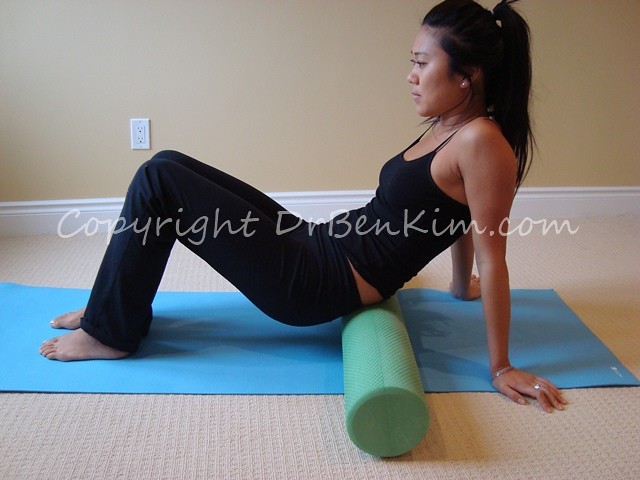

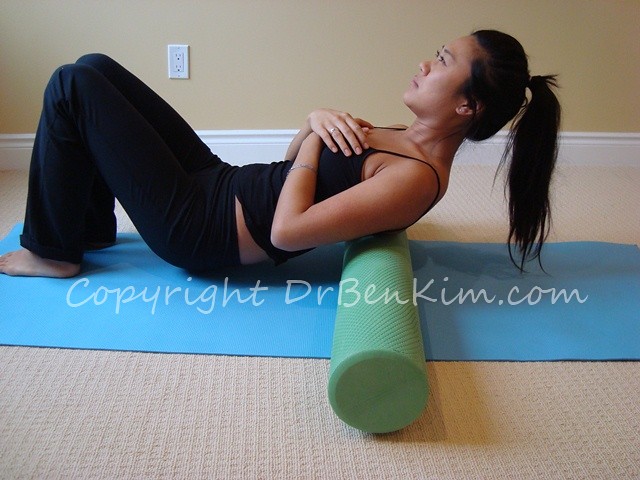
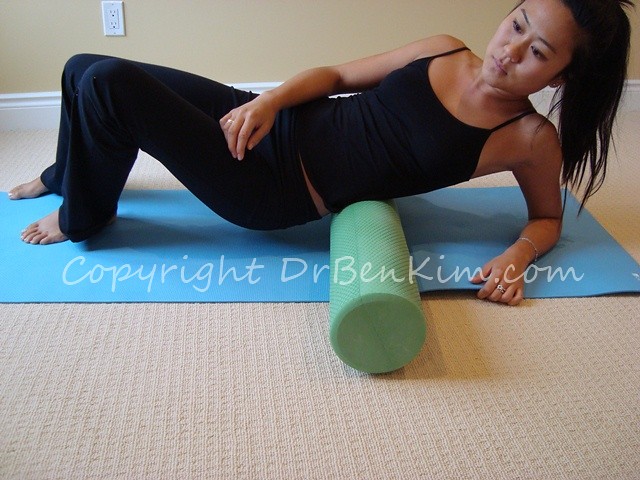
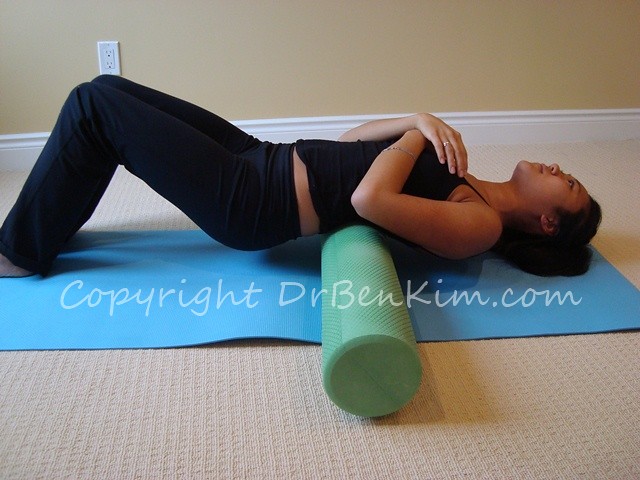
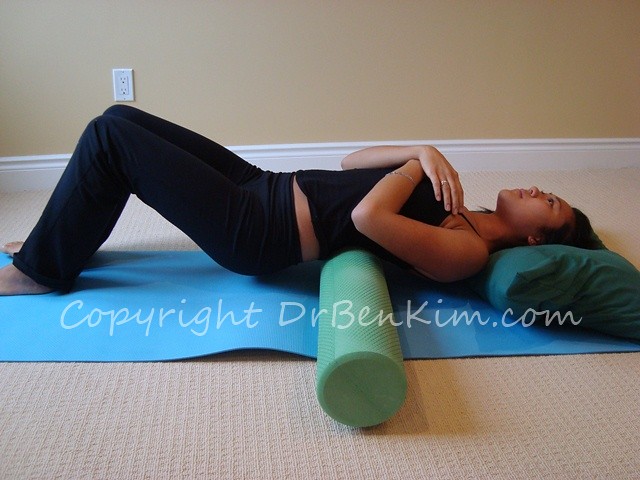




Comments
thank you!
Hi Dr. Kim,
I wanted to thank you for your offerings on Facebook and in your newsletter. Because of you, I have brought my foam roller out again! I really enjoy all the positive material. You are doing a great job and providing a great service- especially to us in the U.S. who depend on preventative medicine as the only buffer to our out of control health care costs. Thank you so much. Peace and blessings!
Chris
Jacksonville, FL